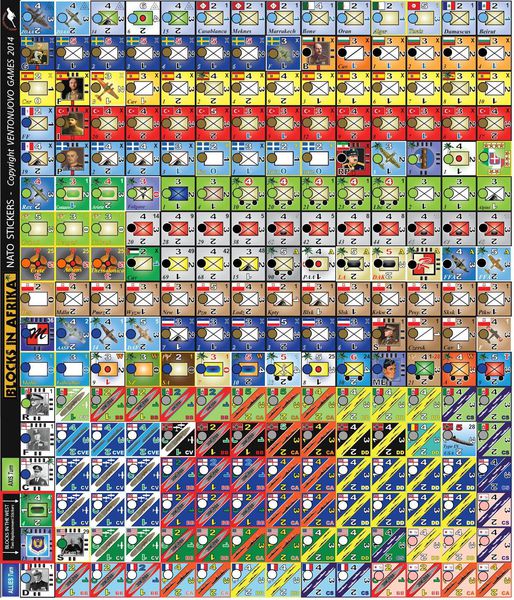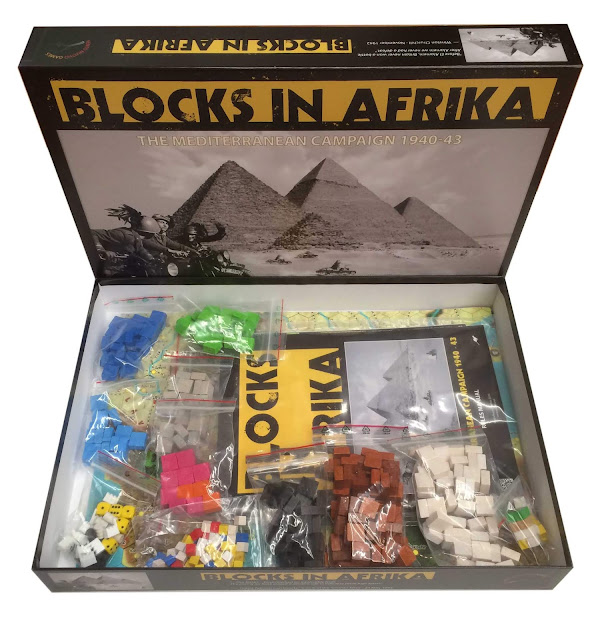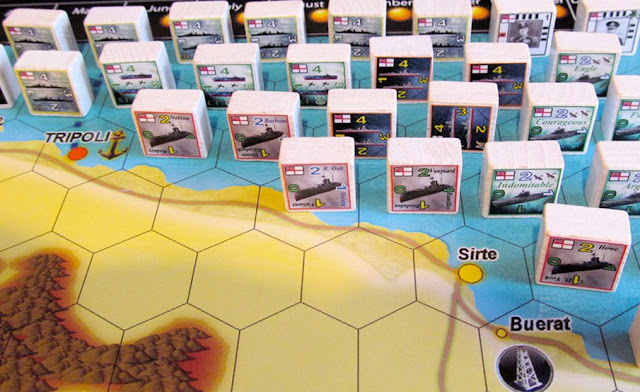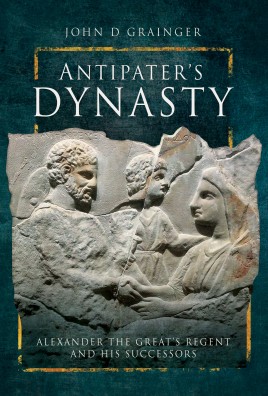• N° 1 A4 Strategic Map
• N° 1 A4 Tripolitania Extension Map
• N° 1 24 pages BLOCKS IN AFRIKA Rules Manual
• N° 1 24 pages BLOCKS IN EUROPE Rule Manual *
• N° 1 24 pages THE BLOCKS TRILOGY Scenario Booklet
• N° 2 Play Aid
• N° 8 Order of Battle
• N° 15 wooden light blue blocks (France)
• N° 29 wooden black blocks (Germany)
• N° 22 wooden light green blocks (Italy)
• N° 1 wooden tan block (Turn Tracker)
• N° 1 wooden dark green block (US)
• N° 22 wooden blue blocks (UK)
• N° 3 wooden orange blocks (Axis Forts)
• N° 66 wooden brown blocks (Minors)
• N° 23 wooden gray blocks (Axis Navy)
• N° 46 wooden white blocks (Western Allies Navy)
• N° 8 wooden pink blocks (Soviet Navy)
• N° 240 PVC stickers (laminated, 2x for the Turn Tracker)
• N° 35 wooden yellow cubes (General Production Points)
• N° 25 wooden white cubes (Navy Production Points)
• N° 10 wooden red cubes (Armor Production Points)
• N° 10 wooden blue cubes (Air Production Points)
• N° 10 plastic black cylinders (Oil Production Points)
• N° 5 plastic white cylinders ("Out-of-Supply" Markers)
• N° 10 white plastic Shipyards *
• N° 5 yellow-black-dotted dice
• 15 French Units: light blue
• 29 German Units: black
• 22 Italian Units: light green
• 23 Axis Navy Units: grey
• 46 Western Allies Navy Units: white
• 8 Soviet Navy Units: pink
• 1 American unit: dark green
• 22 British units: blue
• 66 Minor Powers Units: brown
• 2 Turn recorders: tan
• 2 Replacement stickers for BITW American units
1941 Middle East Uprising, May - September 1941
month. Each turn is divided into phases and steps that must be
performed in a precise order.
After the weather is checked, the Axis player completes his
phases first as described in the sequence below. Next, the Allied
player completes his phases.
When both players have finished their phases, victory conditions
are checked. The turn is now over and a new one may begin.
A. Weather Determination Phase
The Weather is always considered good when playing BIA.
B. Axis Phases
1. Strategic Warfare Phase (See Scenario Special Rules)
2. Supply Phase
3. Production Phase
4. Strategic Rail Movement Phase
5. Movement Phase
6. Defender Reaction Phase
7. Combat Phase
8. Blitz Phase
9. Final Supply Status Phase
10. Armor Exploitation Phase
C. Allies Phases
As for Axis Phases 1-10
D. Victory Phase
This is a link to Blocks in the West:
http://www.ventonuovo.net/games/blocks-in-the-west
A Link to Blocks in the East:
http://www.ventonuovo.net/games/blocks-in-the-east
A Link to the rules for Blocks in Afrika
http://www.ventonuovo.net/download-afrika












Follow Us